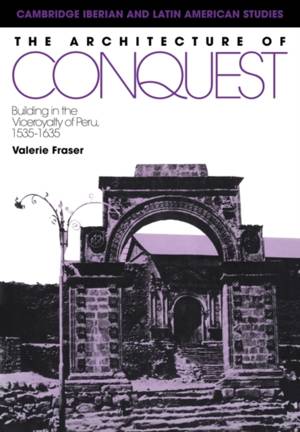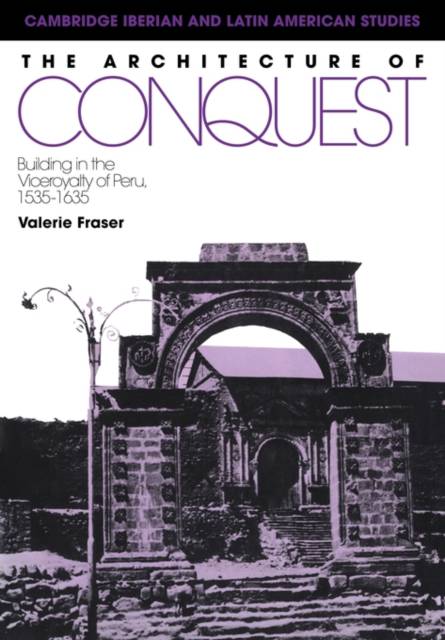
- Afhalen na 1 uur in een winkel met voorraad
- Gratis thuislevering in België vanaf € 30
- Ruim aanbod met 7 miljoen producten
- Afhalen na 1 uur in een winkel met voorraad
- Gratis thuislevering in België vanaf € 30
- Ruim aanbod met 7 miljoen producten
Zoeken
The Architecture of Conquest
Building in the Viceroyalty of Peru, 1535 1635
Valerie Fraser, Fraser Valerie
€ 63,45
+ 126 punten
Uitvoering
Omschrijving
The Architecture of Conquest deals with the practice and ideology of colonial architecture in Latin America, referring particularly to the Viceroyalty of Peru during the period 1535-1635. Colonial building has generally been regarded as being merely a provincial reflection of mainstream European art. Valerie Fraser argues that, on the contrary, it had its own distinct identity and architectural projects were a powerful tool in the subjugation of the native peoples of South America by the Spaniards. Although the majority of labourers and craftsmen responsible for the churches, towns and cities of the Spaniards were natives, very little evidence of their own traditions of craftsmanship can be found in this colonial architecture. Thus, while the architecture forms employed by the early conquistadores are clearly derived from the European tradition, their purpose and meaning are completely different, being defined by the colonial context. The deliberate display of architectural motifs, the organisation of building practice and labour are all shown to have served the ends of the political, religious and economic conquest.
Specificaties
Betrokkenen
- Auteur(s):
- Uitgeverij:
Inhoud
- Aantal bladzijden:
- 220
- Taal:
- Engels
- Reeks:
Eigenschappen
- Productcode (EAN):
- 9780521122818
- Verschijningsdatum:
- 12/11/2009
- Uitvoering:
- Paperback
- Formaat:
- Trade paperback (VS)
- Afmetingen:
- 170 mm x 244 mm
- Gewicht:
- 358 g

Alleen bij Standaard Boekhandel
+ 126 punten op je klantenkaart van Standaard Boekhandel
Beoordelingen
We publiceren alleen reviews die voldoen aan de voorwaarden voor reviews. Bekijk onze voorwaarden voor reviews.











